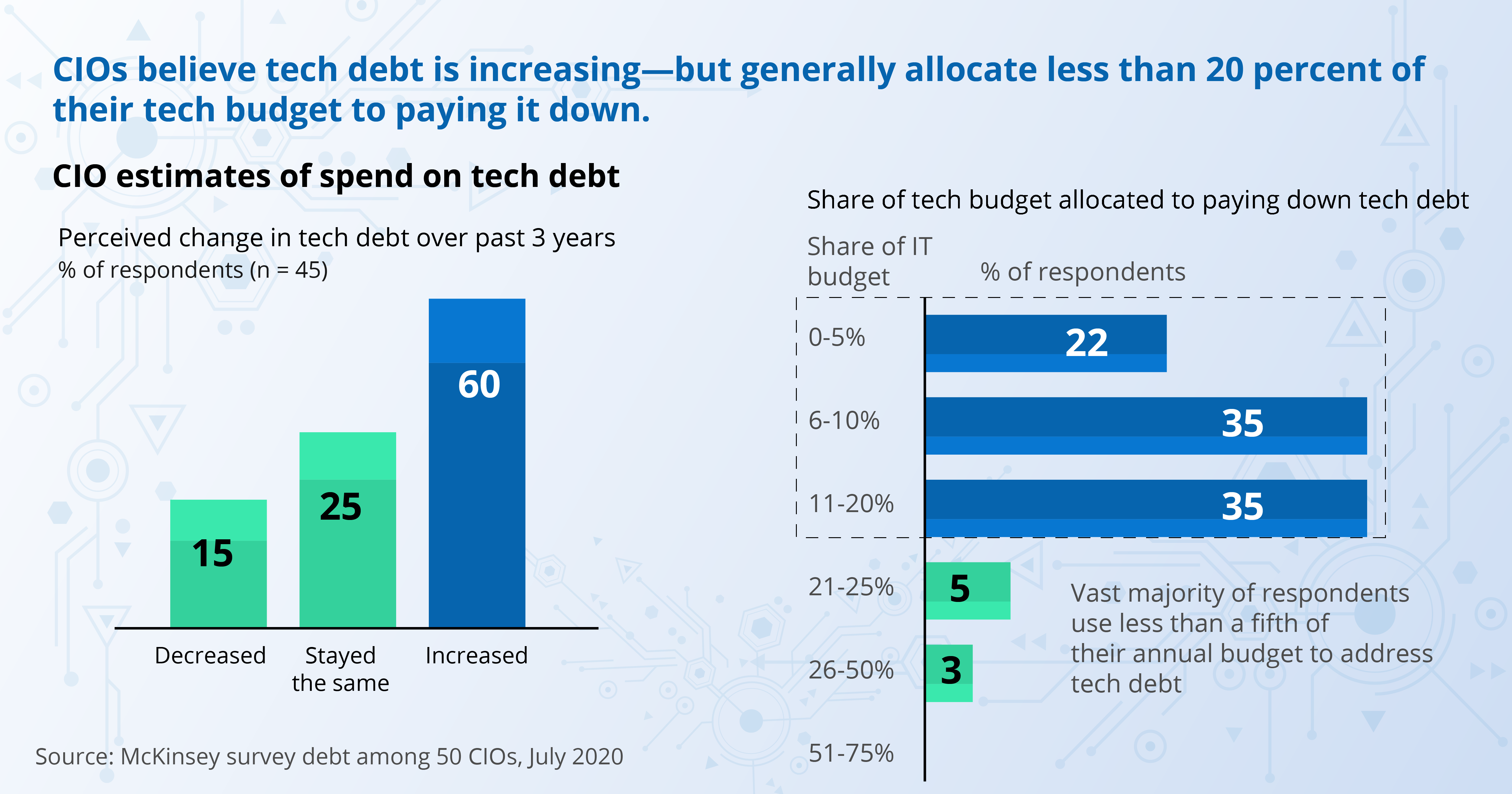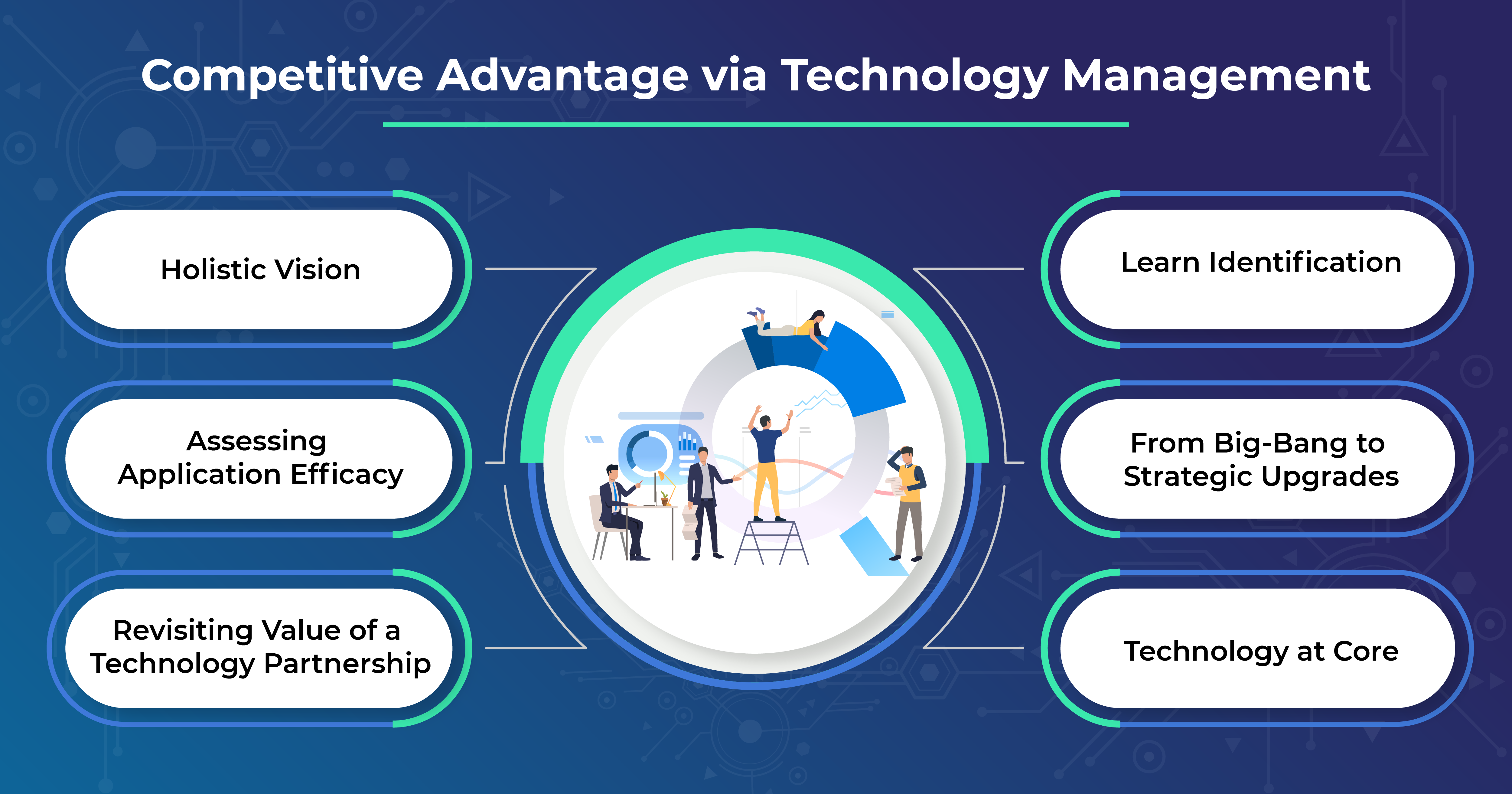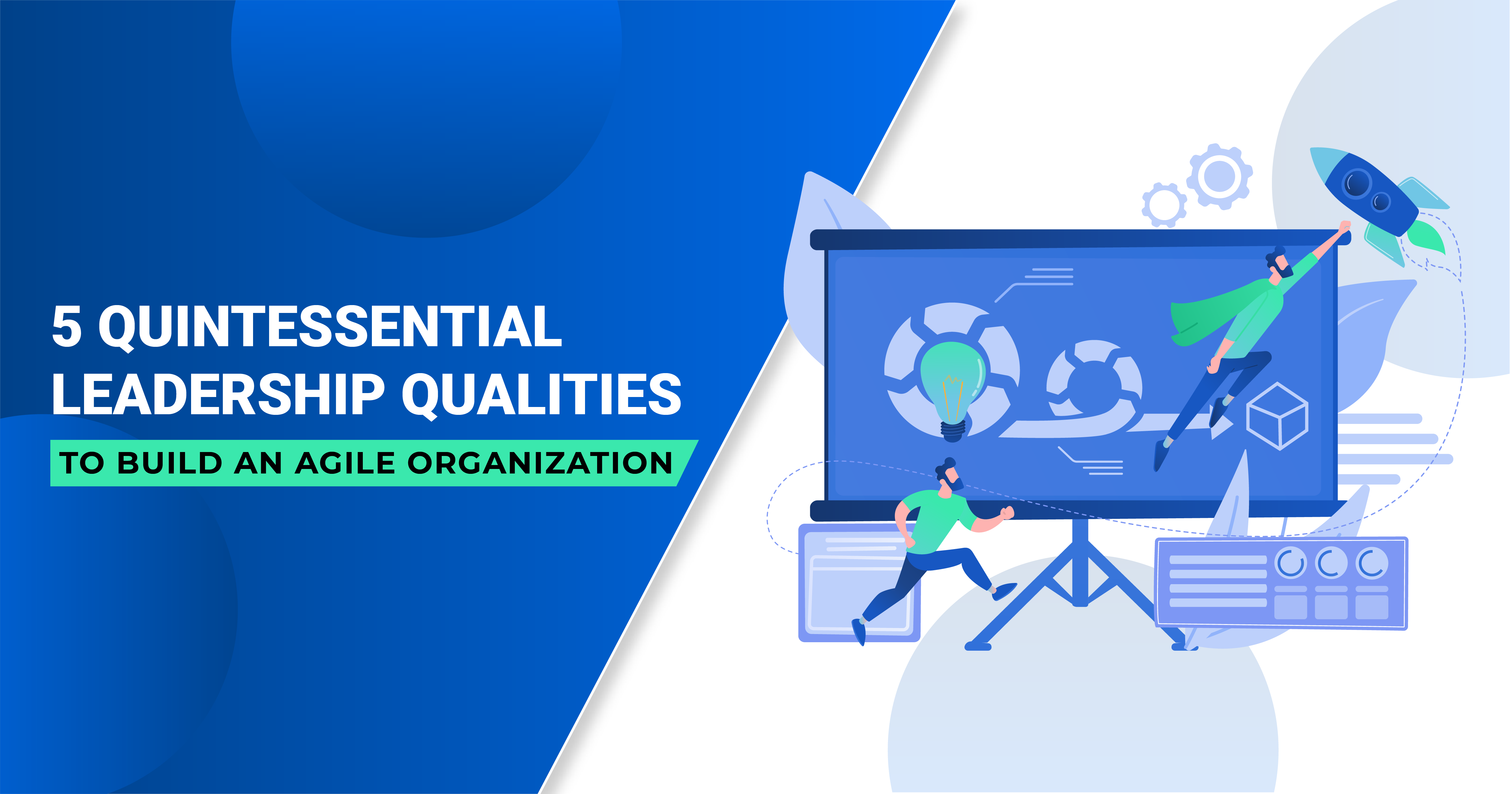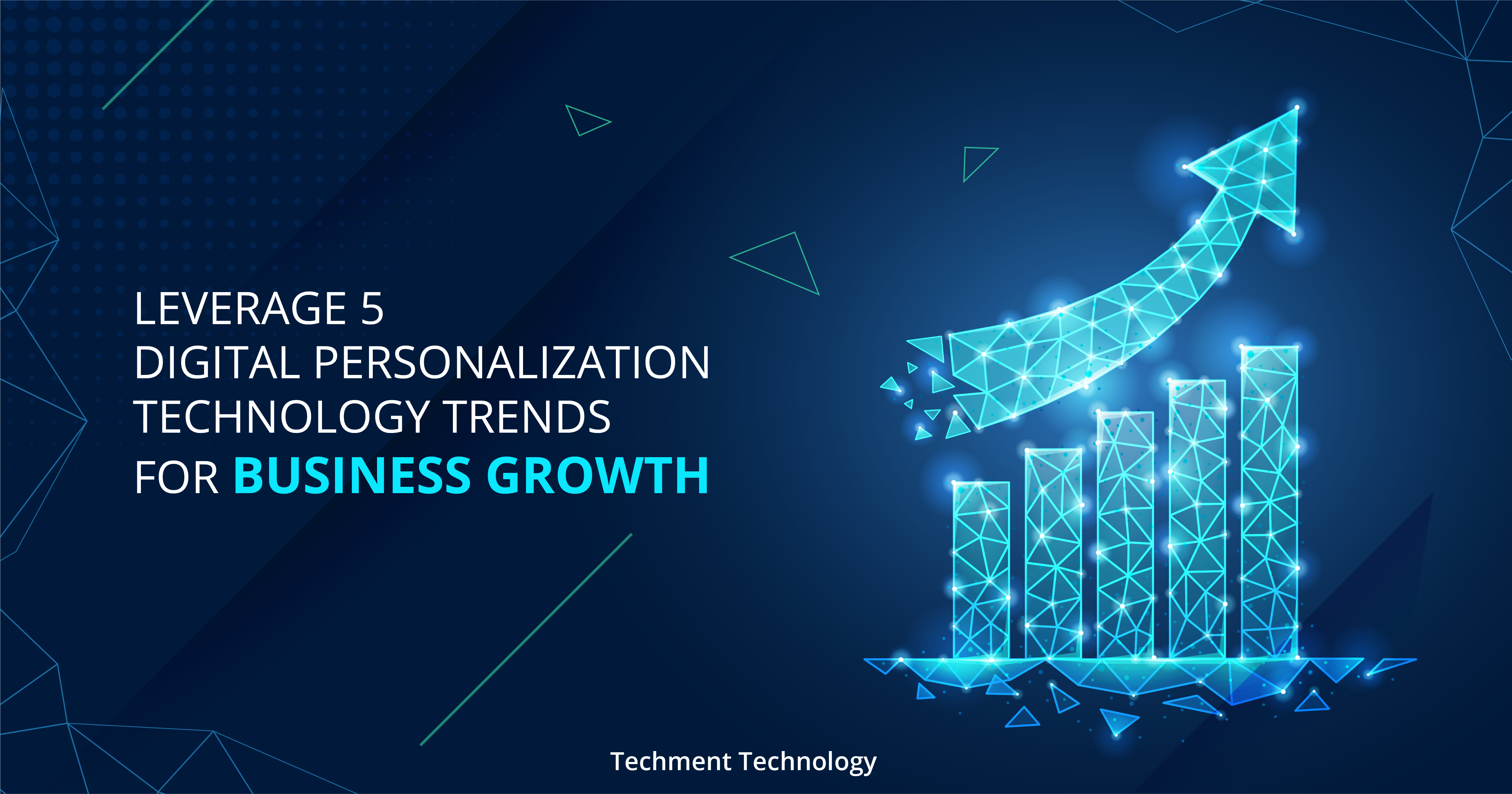In present times, managing tech infrastructure efficiently can create a competitive advantage. Every company has to make three vital decisions on the technology front:
- Upgrade its Legacy Systems
- Maintain Newly Incorporated Technology
- Make winning bet on New technologies
Over time, every business develops friction originating from old and outdated systems that make integrating new technology and capabilities prohibitively costly. McKinsey, in its research, draws an interesting parallel between financial debt and the cost of managing technology infrastructure, which it calls Tech Debt. Tech debt is simply the off-balance-sheet accumulation of all the technology work a company needs to do in the future.
Competition on Two Fronts
Each company is competing on two fronts:
- Effectiveness of its new tech solutions that solve emerging business challenges
- And management of its digital infrastructure.
A successful digital product may help generate revenue but the company may be hemorrhaging cash on legacy systems and other fronts that soon create enough friction to hamper productivity and agility. A holistic view of technology is vital. Poor management creates tech debt that hamstrings organizational ability to compete. Technology expenditure has two components:
Productive Investments are the actual investment in a new technology stack, legacy upgrades, maintenance, compliance, bespoke software investments, etc.
Unproductive Expenditures are the complexity tax, the cost of friction that prohibits a company’s productivity and efficiency. It is a leak in the tech budget. For instance, efforts on harmonizing nonstandard data, managing silos, fragile point-to-point or batch data integrations, large expenditure on integrations, etc., are costs a company would like to avoid.
Quantifying the Tech Expenditure Trends
McKinsey’s detailed research on the subject reveals some disturbing elements on technology expenditure.
- 10-20% of the new product budget gets diverted to resolving previous tech issues (tech debt).
- Tech Debt equates to 20-40% of the entire technology estate value.
- Lately, things have not improved. Of the CIOs surveyed, 60% felt an increase in tech debt over the past three years.

The Big Impact of Small Tech Decisions
Technology is supposed to be an organizational benediction, solving problems and bringing profit to the organization. But, bad technology decisions, small and big, put a company’s future in peril.
Imagine This
Think of a company that spends half of its tech budget on integrations and fixing legacy systems is likely to be caught in a tech-debt spiral in which it is paying interest only. This can ultimately force them to take big transformative projects which are highly risky.
What Overshoots Investment in Undesired Technology Costs
Every organization faces a challenge as it has technology taken at different times and from diverse sources. Leaders can either minimize this friction or escalate it. Watch out for these red flags:
Creating Competitive Advantage From Technology Management
Investing more in technology, investing in the right technology, and managing legacy can create competitive advantages. Hence even the challenge of managing technology can help build a competitive leg up.
Develop a Holistic Digital Vision: Visualize the role technology will play in your organization. It is easy to identify bottlenecks and legacy issues when looking at whole, not fragments.
Learn Identification: As a technology company, Techment has served many clients. Sometimes our clients want a new solution but do not reflect on its fit with existing systems. Lack of synergy catches up as recurrent operational cost, slower time to market, and reduced flexibility.
Technology at Core not Periphery: Those who still have a dichotomous perception of business and technology are prone to making many one-time investments, creating siloed architectures. In the long run, costs would outweigh the benefits.

Assess Application Efficacy: Triage applications on gaps between resources (infrastructure, people, etc.) used and business value delivered. Redress gaps before the opportunity cost rise too high and for too long.
From Big-Bang to Strategic Upgrades: Mega-efforts are highly risky as they cause operational disruption and execution nightmare. On the other hand, an earmarked budget for executing strategic upgrades gives companies agility during times of change.
Revisit Value of a Technology Partnership: In light of the above discussion, when small tech decisions have big impacts, it would be prudent to have a technology partner who can see the repercussions and help the company optimize technology infrastructure.
Techment Experience: Digital Competitive Advantage
Companies need to adapt to change to survive, but they need to innovate to grow sustainably. This requires managing technology on three fronts of Legacy systems, Newly incorporated technology, and winning bets on future tech. If mismanaged, inefficiencies and costs start to pile up, and companies get caught in an unproductive spiral.
Those companies who do not have the capability of continually assessing their status quo must take the help of companies who specialize in digital technologies.
 All Posts
All Posts


